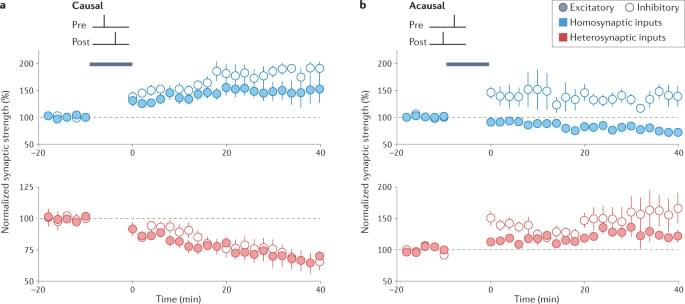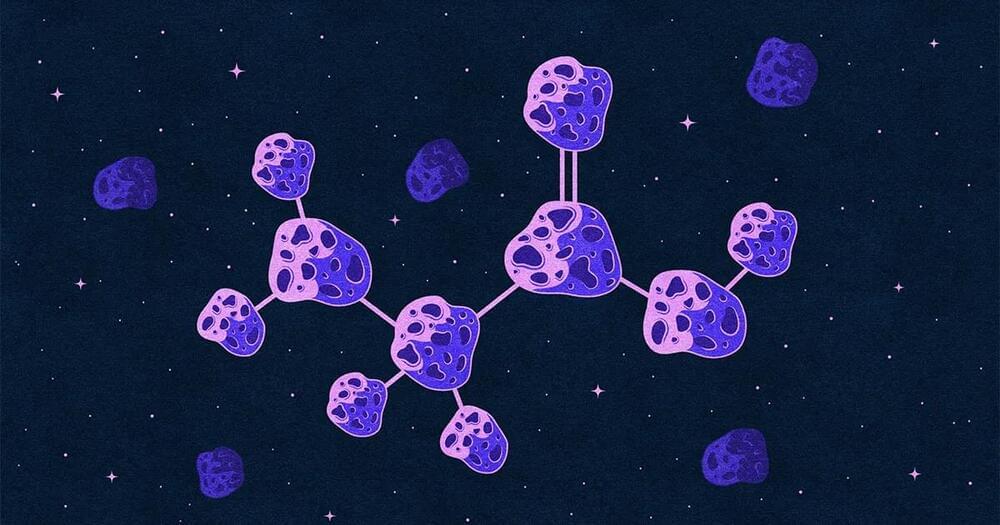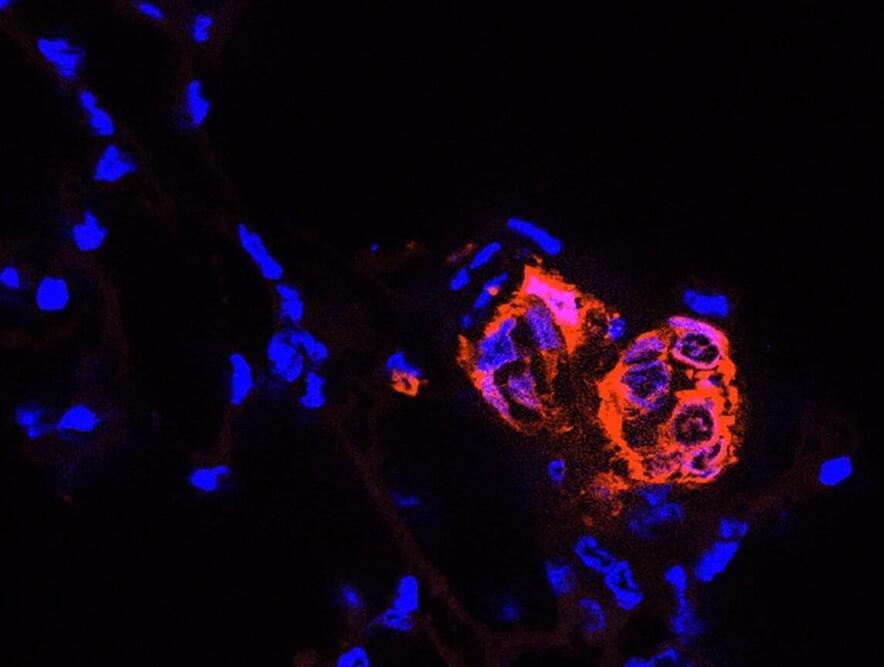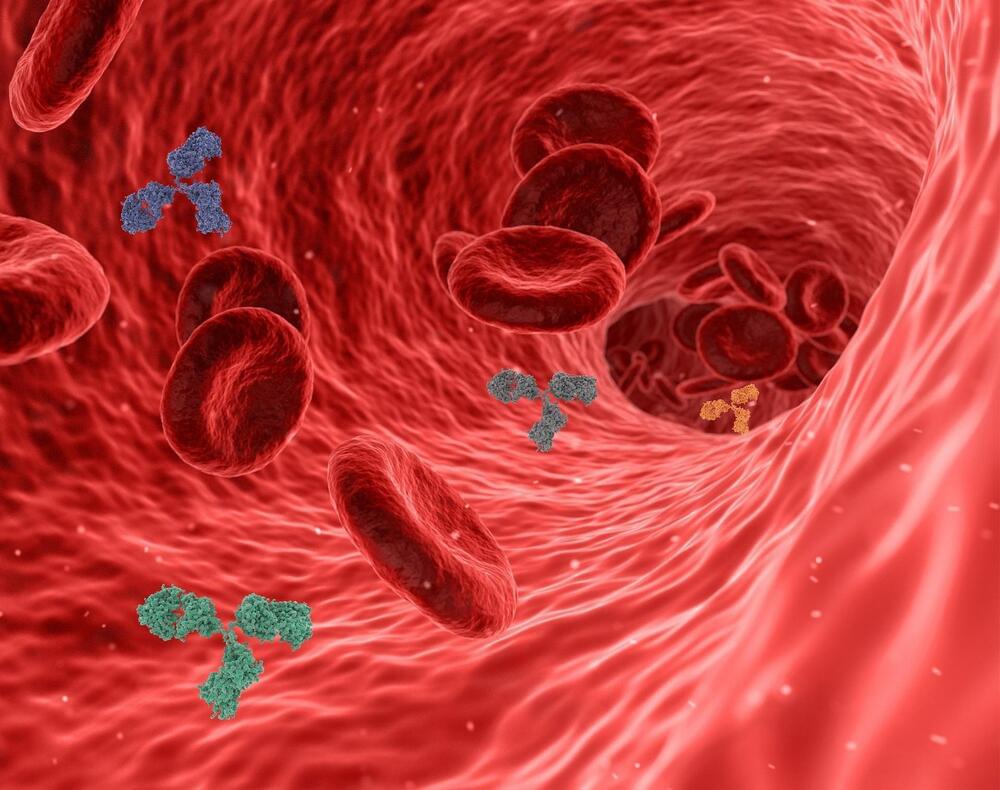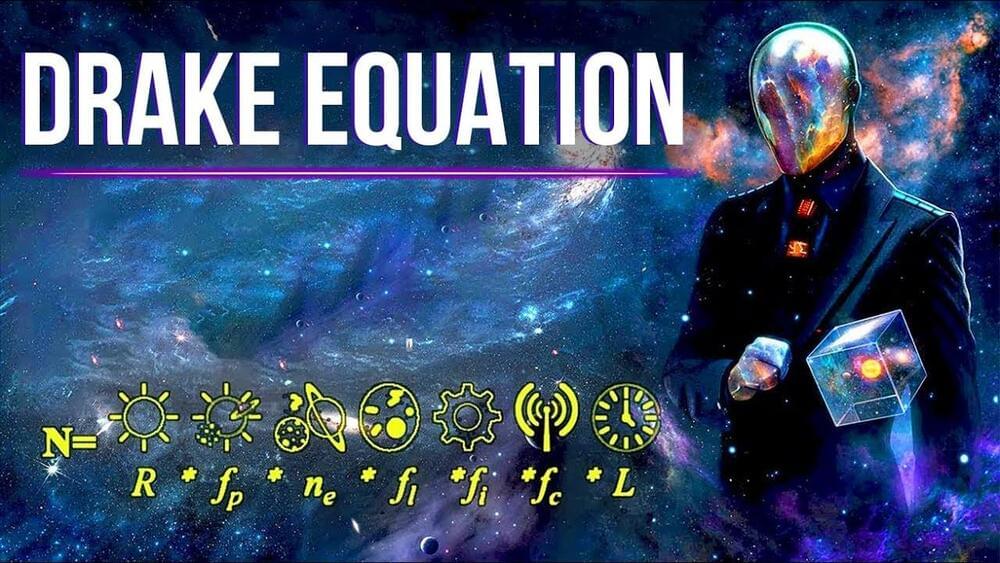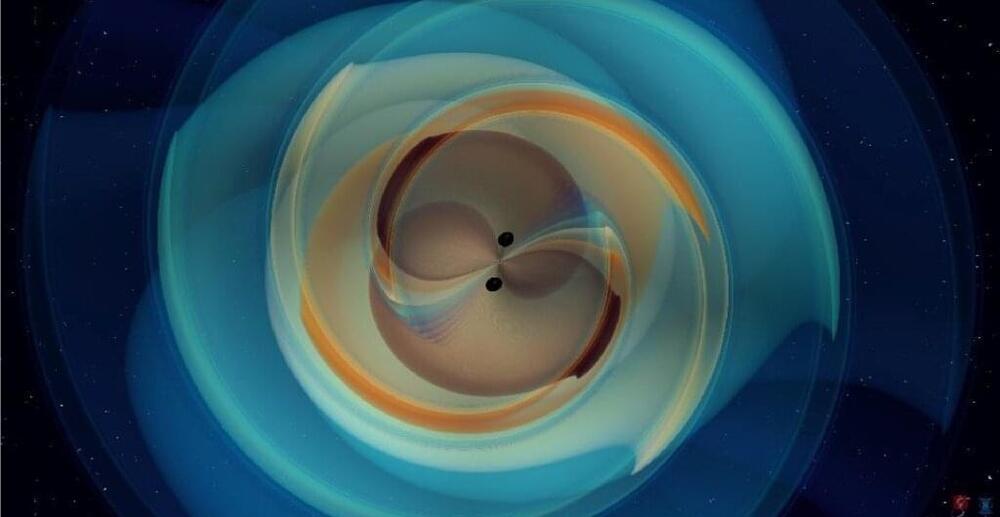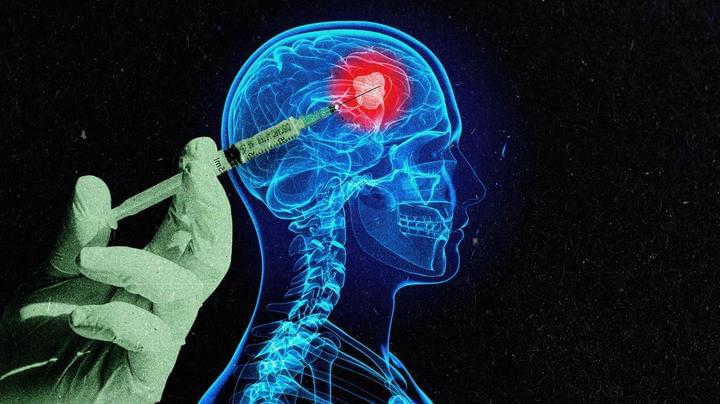Cortical inhibitory interneurons undergo diverse forms of long-term synaptic plasticity. In this Review, Sjöström and colleagues describe the diversity of this interneuron plasticity and highlight that the plasticitome, a comprehensive database of plasticity rules, is needed to understand circuit plasticity complexity.
A new radiation-based mechanism adds to the ways that amino acids could have been made in space and brought to the young Earth.
Seneb was a high-ranking court official in ancient Egypt who lived around 2,520 BC. He was a dwarf, but this did not prevent him from achieving great success and importance in society.
He owned thousands of cattle, held twenty palaces and religious titles, and was married to a high-ranking priestess with whom he had three children.
The acceptance and integration of individuals with physical disabilities was valued in ancient Egyptian society, as demonstrated by Seneb’s successful career and lavish burial arrangements.
Many cancer cells never leave their original tumors. Some cancer cells evolve the ability to migrate to other tissues, but once there cannot manage to form new tumors, and so remain dormant. The deadliest cancer cells are those that can not only migrate to, but also thrive and multiply in distant tissues.
These metastatic cancer cells are responsible for most of the deaths associated with cancer. Understanding what enables some cancer cells to metastasize—to spread and form new tumors—is an important goal for researchers, as it will help them develop therapies to prevent or reverse those deadly occurrences.
Past research from Whitehead Institute Member Robert Weinberg and others suggests that cancer cells are best able to form metastatic tumors when the cells are in a particular state called the quasi-mesenchymal (qM) state. New research from Weinberg and Arthur Lambert, once a postdoc in Weinberg’s lab and now an associate director of translational medicine at AstraZeneca, has identified two gene-regulating molecules as important for keeping cancer cells in the qM state.
Immunotherapy, including immune checkpoint inhibitors (ICIs), has changed the landscape of cancer treatment in the last decade. Immunotherapies, treatments targeting a patient’s immune system instead of the cancer itself, work on cancers considered “hot,” indicating that the tumor contains immune cells and factors which favor an anti-tumor immune response. Cancers that respond to immune-based therapies are known as “immunogenic” since the treatment can stimulate the immune response.
On the other hand, “cold” cancers, characterized as “non-immunogenic,” fail to respond to immunotherapies. One cancer understood as refractory to immune-based regimens is pancreatic ductal adenocarcinoma (PDAC), a highly aggressive pancreatic malignancy where less than 10% of patients survive five years past diagnosis. ICIs, including those targeting PD-L1 and CTLA-4 lack the efficacy to impact survival outcomes in PDAC patients significantly. Further, estimates project that by 2030, PDAC will rise to the second-highest cause of cancer-related deaths. Thus, there remains a significant need to develop novel and practical strategies to treat patients with this disease.
Commercial Purposes ► [email protected].
–
What is the Drake Equation? We are talking about The Odds of ALIEN LIFE.
Is there life out there in the Universe?
How are the chances to find Extraterrestrial life?
We don’t know the answers to a lot of questions, for example:
How many alien societies exist, and are detectable?
Even though we don’t know how to answer such a question, we can at least try to figure it out with a little help from our beloved…Math.
First, we have to have a pretty good idea about how the universe works, and of course about the star and planetary formation, as well as conditions for life as we know it. This means we have to study and collect a lot of data. Luckily for us, we – humans — aren’t so bad. Physics, astronomy, chemistry, biology and all-natural sciences offer us the hints for the mathematical set of parameters that will give us an equation to calculate the number of alien societies that exist and are detectable.
Second, one has to sit down and think about which parameters should appear in the equation, and which not.
Do you think it’s difficult? I think so.
But luckily for us, in 1961 scientists Drake came up with a famous equation, that estimated the number of transmitting societies in the Milky Way Galaxy…
-
“If You happen to see any content that is yours, and we didn’t give credit in the right manner please let us know at [email protected] and we will correct it immediately”
“Some of our visual content is under an Attribution-ShareAlike license. (https://creativecommons.org/licenses/) in its different versions such as 1.0, 2.0, 30, and 4.0 – permitting commercial sharing with attribution given in each picture accordingly in the video.”
Credits: Ron Miller, Mark A. Garlick / MarkGarlick.com.
Go to hhttp://hover.com/isaacarthur and get 10% off any domain name from Hover
extensions for anything you’re passionate about.
As we seek to travel vast distances to claim the galaxy, we will need to develop strategies and methods for voyaging through deep space and reaching strange new worlds.
Visit our Website: http://www.isaacarthur.net.
Join Nebula: https://nebula.tv/isaacarthur.
Support us on Patreon: https://www.patreon.com/IsaacArthur.
Support us on Subscribestar: https://www.subscribestar.com/isaac-arthur.
Facebook Group: https://www.facebook.com/groups/1583992725237264/
Reddit: https://www.reddit.com/r/IsaacArthur/
Twitter: https://twitter.com/Isaac_A_Arthur on Twitter and RT our future content.
SFIA Discord Server: https://discord.gg/53GAShE
Listen or Download the audio of this episode from Soundcloud: Episode’s Audio-only version: https://soundcloud.com/isaac-arthur-148927746/interstellar-c…strategies.
Episode’s Narration-only version: https://soundcloud.com/isaac-arthur-148927746/interstellar-c…ation-only.
Credits:
Interstellar Colonization Strategies.
Science & Futurism with Isaac Arthur.
Episode 376, January 5, 2023
Written, Produced & Narrated by Isaac Arthur.
Editors:
Donagh Broderick.
Evan Schultheis.
Graphics by:
The rate of ground-breaking scientific discoveries and technological innovation is slowing down despite an ever-growing amount of knowledge, according to an analysis released Wednesday of millions of research papers and patents.
While previous research has shown downturns in individual disciplines, the study is the first that “emphatically, convincingly documents this decline of disruptiveness across all major fields of science and technology,” lead author Michael Park told AFP.
Park, a doctoral student at the University of Minnesota’s Carlson School of Management, called disruptive discoveries those that “break away from existing ideas” and “push the whole scientific field into new territory.”
It’s an early step forward and needs way more testing. But the potential is high. Cancer vaccines aren’t a new idea. They use the same fundamentals that enable vaccines for infectious pathogens like viruses and bacteria: priming our immune system into recognizing and attacking something that’s harmful to our bodies.
Nuclear morphology changes with aging, but the role of these changes and the underlying mechanisms are not fully understood. The authors find that the nuclear envelope anchor protein ANC-1 in worms, and its counterpart nesprin-1 and nesprin-2 in mammals, promotes the degradation of nuclear components to limit nucleolar size and function in a soma longevity and germline immortality mechanism.
